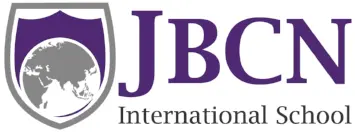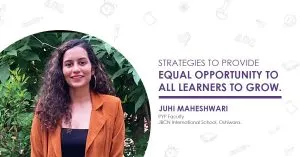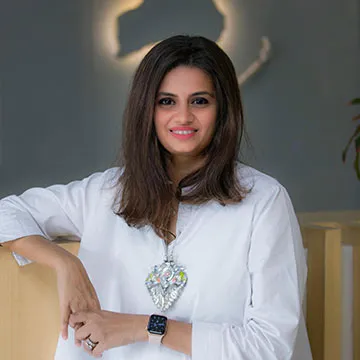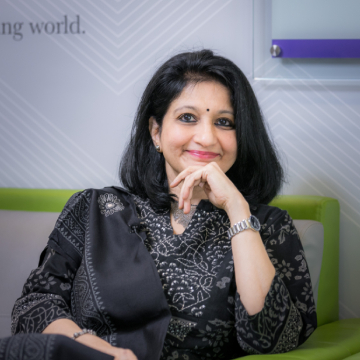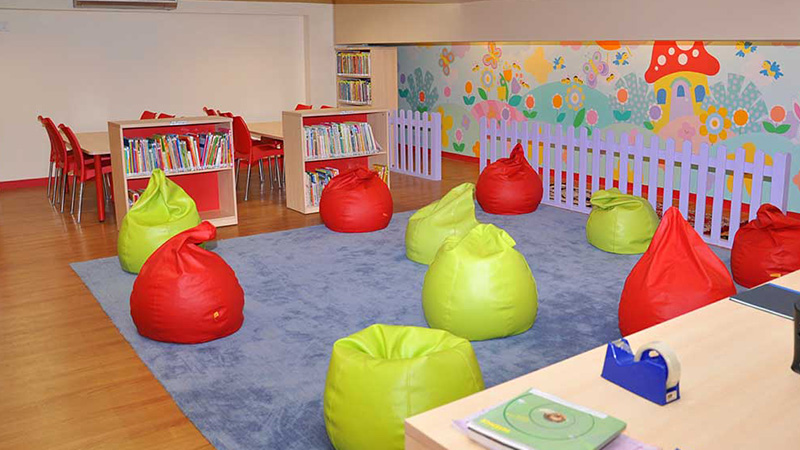
What is Math? Math is the science that deals with the logic of shape, quantity and arrangement. Math is all around us, in everything we do. How old are you? How big is my classroom? My eyes are round but my nose is pointed etc. We all are born with a mathematical mind. Numbers, names of shapes, measurements has given a structure to the study of math.
Numbers itself cannot be defined and understanding of numbers grows with experience, with real objects and eventually they become abstract ideas. How to teach such abstract concept to 3 – 5 years old?
The child of 21st century comes to the class with the knowledge how to handle gadgets, they already have immense experiences to share, they are confident and they all like to explore.
How do we judge what is the best method that needs to be used while teaching a particular child?
It's by using various skills and ways.
Example: During our Fine motor skills class we would have various types of beads laid on the mat. Ask the learners to pick as many as they want, sort them according to colour and size and make groups. When they are ready, ask them how many groups they have made, what is the colour of the beads and count them. There will always be some learners who would know all the answers and some would know only colours, some can count and some can count but cannot associate the number to its quantity. Teachers make anecdotes and based on this she will plan her class learning lesson on Introduction to Number , one to one correspondence and so on. Her learning objective will be same for whole class but the skills will be different. Now how this actually work?
Blended Approach and Skills We at JBCN believe in individuality. At pre-primary level we practice and take best of all approaches that suit our learners. Some are more inclined to art while some like music and love to work alone or in a group.
Examples: To have sensorial approach we would take spindle box from Montessori apparatus (to enhance numbers skills)
To learn numbers through art we would take High Scope Approach (cut, paste and colour, creating a shape puppet)
To learn with collaboration Reggio Emilia's approach will be used (board work with skittles and dice. Find colours in environment)
Theatre Art games also help in similar way
Play Way Method (recognition of number while playing hop scotch).
Rhythm and Music (learning song on shapes)
It is essential that a child's urge to know and need to understand is catered while learning through an appropriate environment.
Child Centric Environment and Resources
Children learn well when their knowledge and skills are applied to create something new. When children experience by working with hands on material, child friendly resources like (beads, twigs, spindles, buttons, shapes insets, foam blocks, teacher made resources) they use kin-aesthetic, stereoscopic sense to develop their muscle memory. It is just like how we say "EXPERIENCE IS THE BEST TEACHER".
Teacher in the class is more of a guide then an imposer of her knowledge .She is a silent observer and a facilitator. How does she do that?
Through Assessment
Formative and Summative assessment.
Formative assessments are ongoing and happen at any given time without even child been aware that he is being assessed the best example here would be "Miss look I can see a square shape in my sandwich", Like we said before shapes are abstract and we need real object to learn them
Summative assessments are most loved by our JBCN family that is our learners, parents and teacher. It's a day when learner presents his understanding to his parents and teacher without compartmentalizing what he has learnt.
Example: Learners Portfolio, Theme presentation and Leaner Led Review.
This article is contributed by Ms. Dakshata Kadam, Grade Cooridinator @ JBCN International School, Parel
